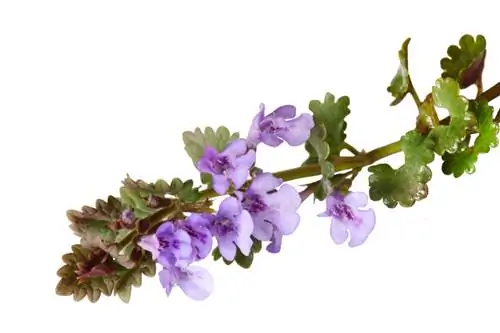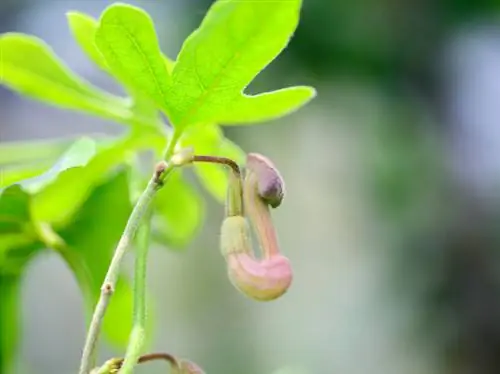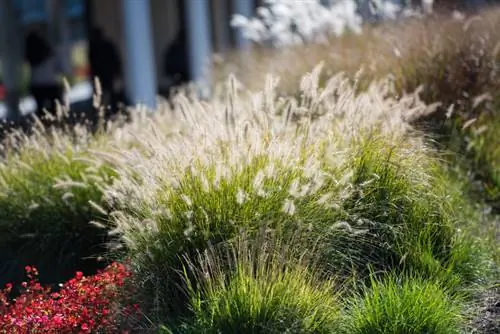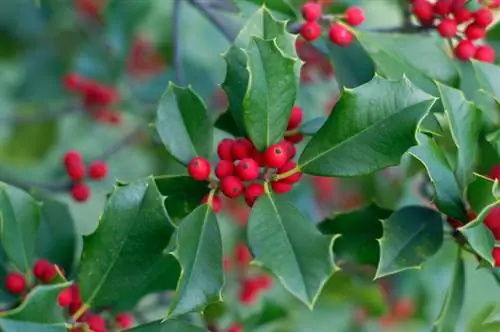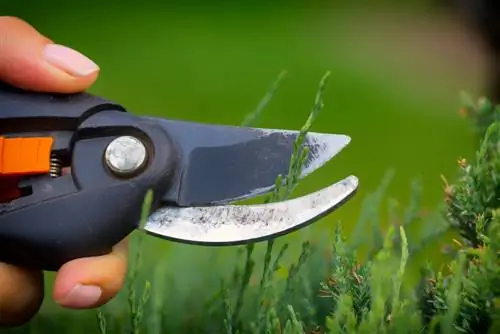- Author admin [email protected].
- Public 2023-12-16 16:46.
- Last modified 2025-01-23 11:20.
The rattlepot plant genus can definitely be described as poisonous. These so-called semi-parasites suck food from the roots of neighboring plants, preferably from grass. The rattlepots are native to large areas of North America and Eurasia.
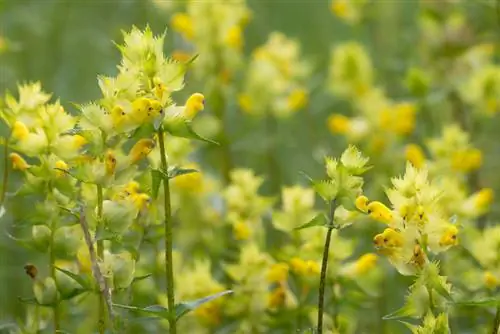
Is the rattlepot poisonous and what effects does it have?
The rattlepot is poisonous and contains aucubin, which causes gastrointestinal problems such as diarrhea and abdominal cramps when consumed. Nevertheless, the rattle pot also has positive properties in the garden, such as supporting the transformation of meadows into flower meadows.
When consuming rattlepot, gastrointestinal problems occur, such as diarrhea and abdominal cramps. The Aucubin contained in it is to blame for this. The rattlepot is also said to have an antibacterial and fungicidal effect and was previously used against lice.
Benefits in the garden
The rattle pot helps you transform a meadow into a flower meadow because it feeds on the neighboring grass. This gives the flowering plants the opportunity to develop. It is a good source of food for bumblebees, bees and butterflies.
The most important things in brief:
- poisonous
- Toxic substance contained: Aucubin
- Symptoms of poisoning: gastrointestinal complaints
- Half-parasite
Tip
If you would like to transform your meadow into a natural garden or a flower meadow, then the rattle pot can be useful to you because it prevents the grass from getting out of hand.


